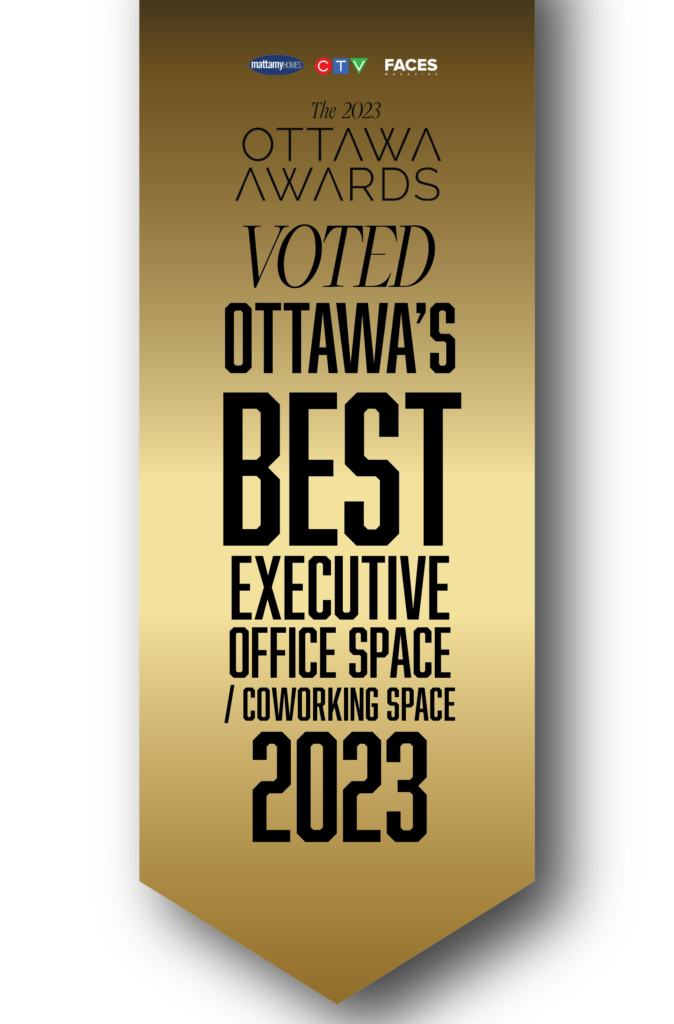Innovative Professional Offices (www.InnovativeProfessionalOffices.com), a top provider of executive offices and support services, is weighing in on how technology will affect offices moving forward.
Virtual reality is poised to become the leading method of communication and training for companies in the future, and will likely be replacing the traditional office, according to a report from business and futurology experts. Virtual reality technology would allow workers to appear as holographic avatars and interact in simulated environments. (Source: Kariuki, D., “Virtual Reality to transform future workplaces,” December 13, 2015; http://www.hypergridbusiness.com/2015/12/virtual-reality-to-transform-future-workplaces/.)
“We’ve already seen a huge trend away from the traditional office space, so this shouldn’t come as a surprise, even if it sounds a little bit out there,” says Eshai Hirshberg, director of Innovative Professional Offices. “We’ve already seen co-working spaces and virtual offices become popular options for companies, so virtual reality would just be the next step in that trend.”
While virtual reality may seem like something from a science-fiction movie, the technology has already been developed. Virtual reality gaming devices are set to make their debut in 2016, and experts are predicting that the new technology will soon be co-opted by businesses.
“There are a lot of companies that have already omitted a physical office space,” says Hirshberg. “Virtual offices have been allowing people to work remotely for years. A lot of companies are seeing a lot of benefits from alternative workplaces, so I would fully expect that virtual reality may be the new office trend in 10 years’ time.”
According to David Smith, a futurologist who co-authored the report, virtual reality workspaces could result in a nine percent increase of revenue and a seven percent decrease in HR costs for companies. Creating a virtual reality environment would likely be relatively cheap compared to using a traditional office.
“Physical office space is really expensive, and it’s a huge investment for a company to open its own office,” notes Hirshberg. “That’s the big reason why startups and small businesses were the first to use co-working spaces, as these spaces allow them to access professional environments without a huge investment. Larger corporations are now following suit, and I would fully expect the same thing to play out with virtual reality.”
The report also predicts that virtual reality will carry many other benefits for businesses. It will create opportunities for training, improved workflow, increased productivity, and—in particular—more collaboration.
“The biggest appeal of co-working spaces, by far, has been the opportunities they create for collaboration and networking,” says Hirshberg. “Even before the savings and lower costs, it’s the collaborative environment that we continue to hear about as being the biggest incentive. If virtual reality can replicate that collaborative environment, it will absolutely take off.”
While virtual reality is predicted to become a big player in the professional workplace, the changes are expected to take the better part of a decade.
“The technology is here, but integrating it is still a ways away,” says Hirshberg. “In the meantime, virtual offices and co-working spaces are the best options that offer many of the same benefits.”
Innovative Professional Offices offers virtual office services, office rentals, and administration services, primarily to small- and medium-sized businesses that don’t have a need for an office on a daily basis.



